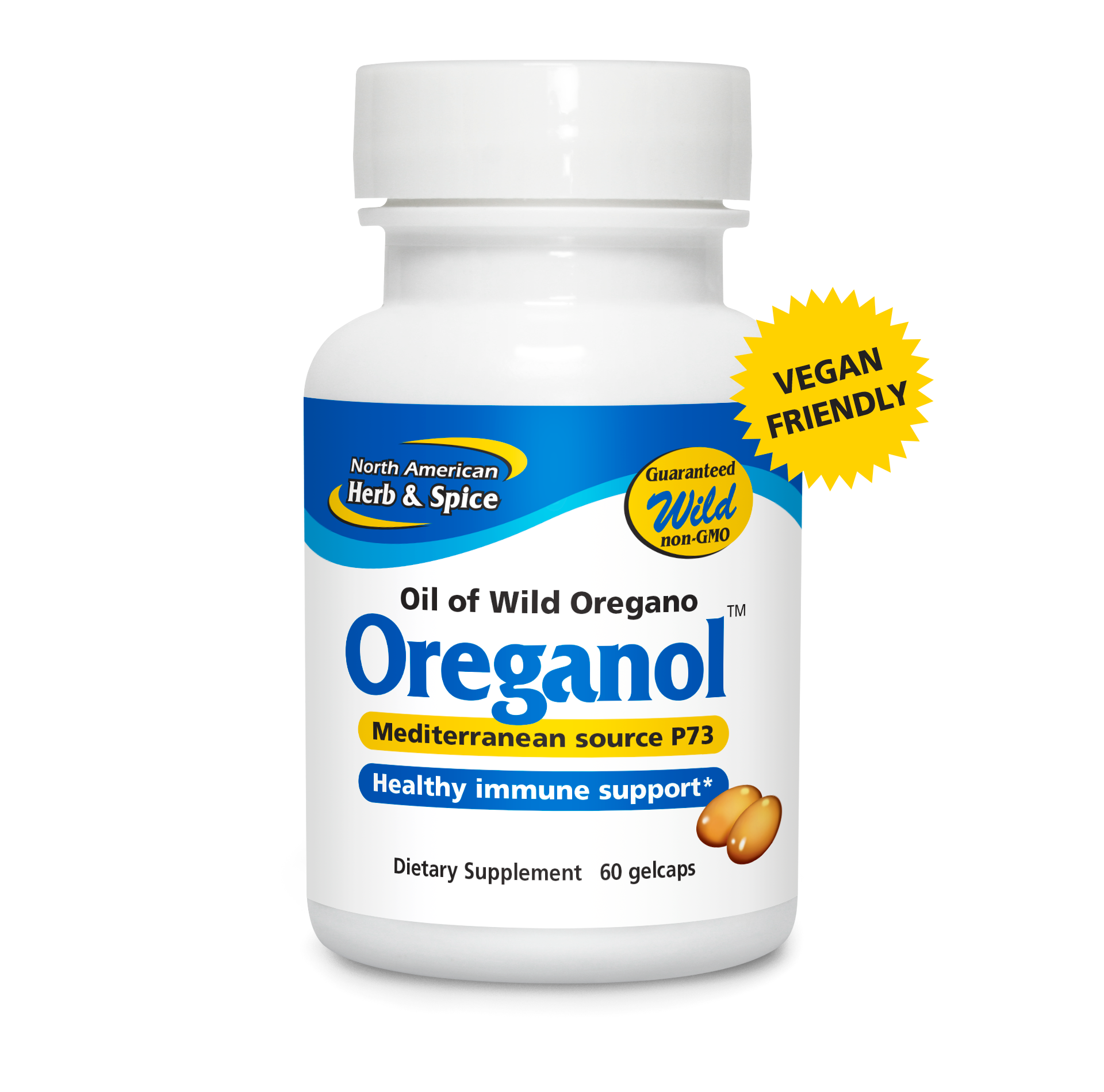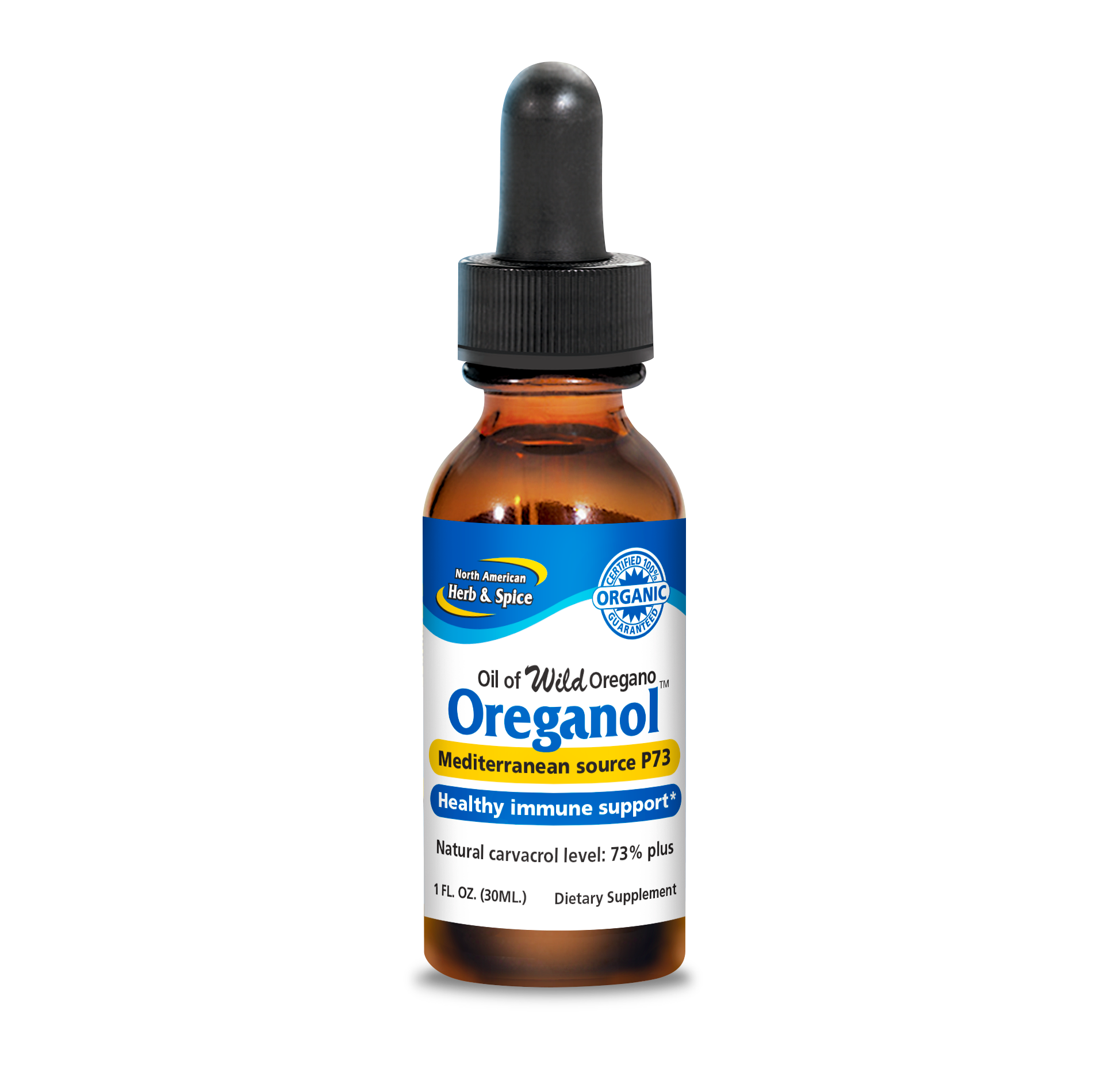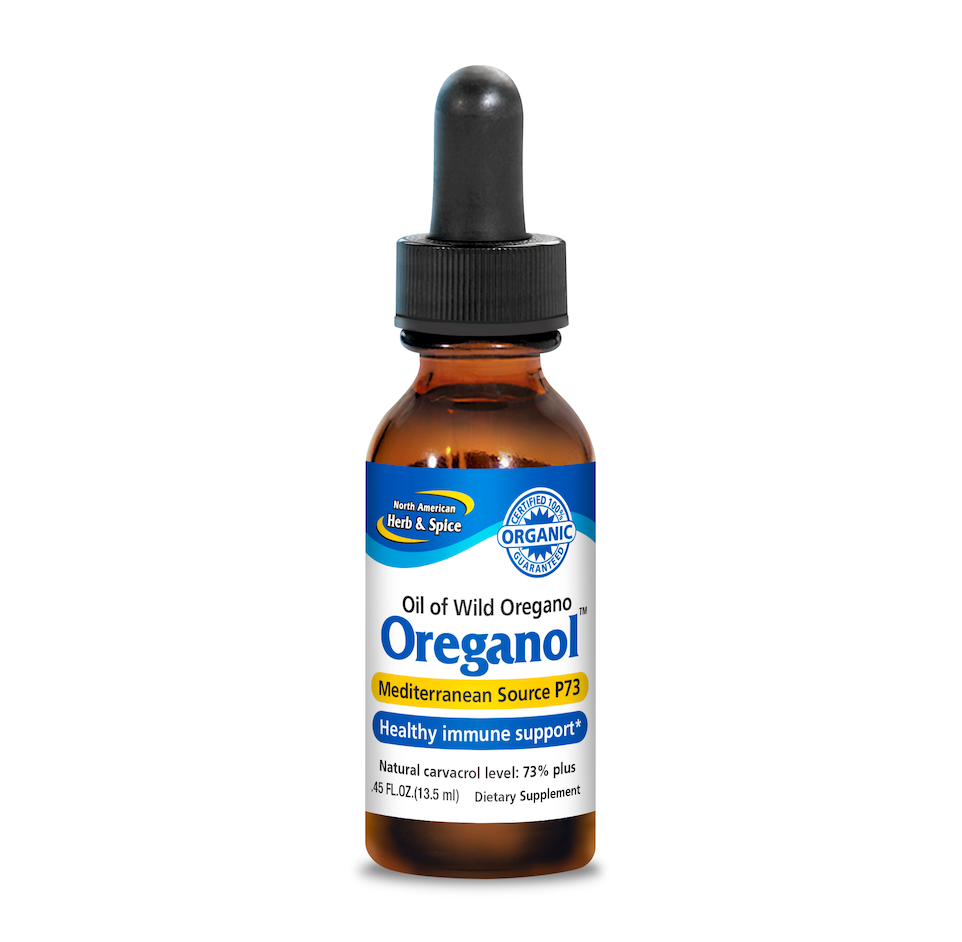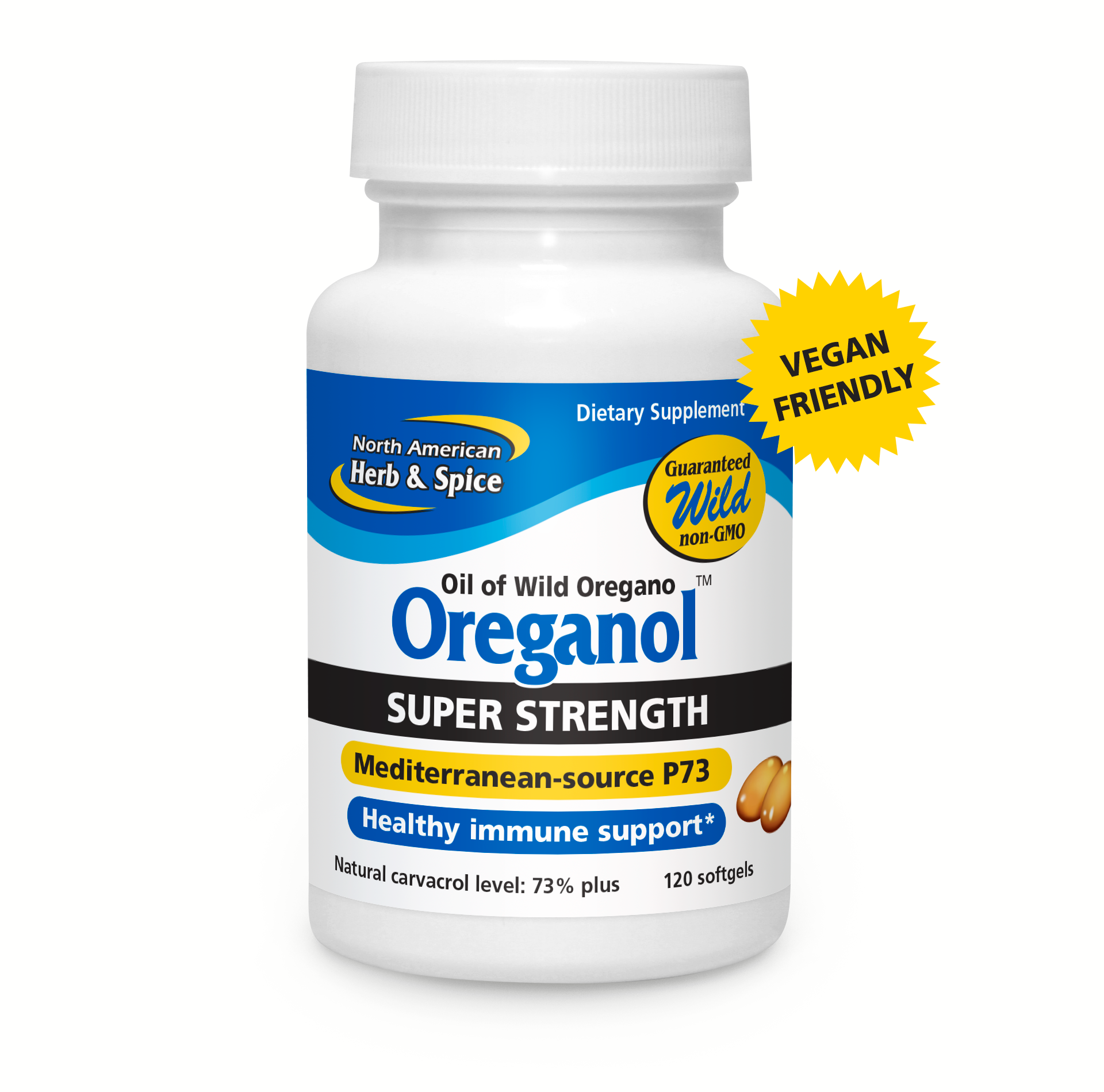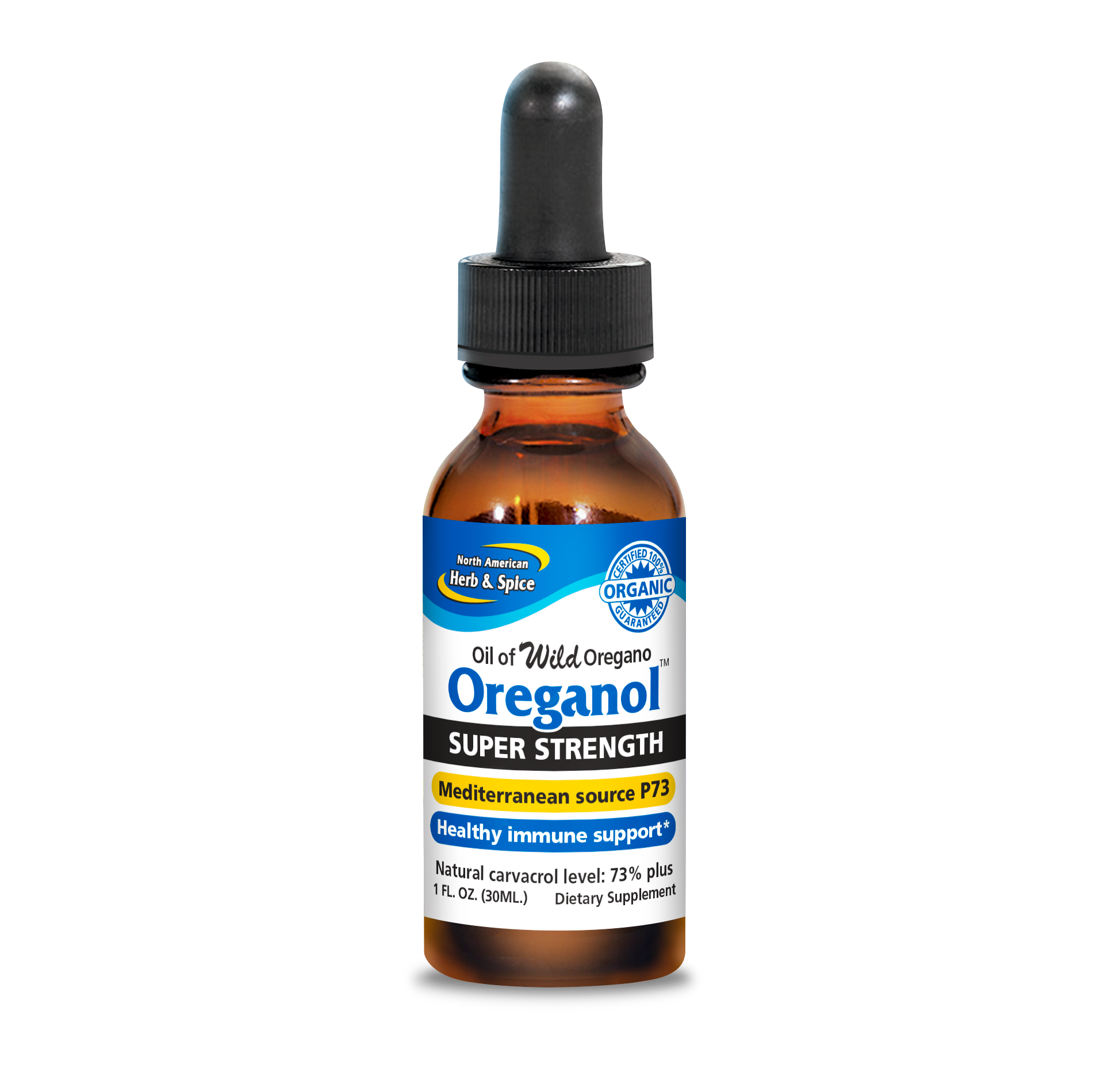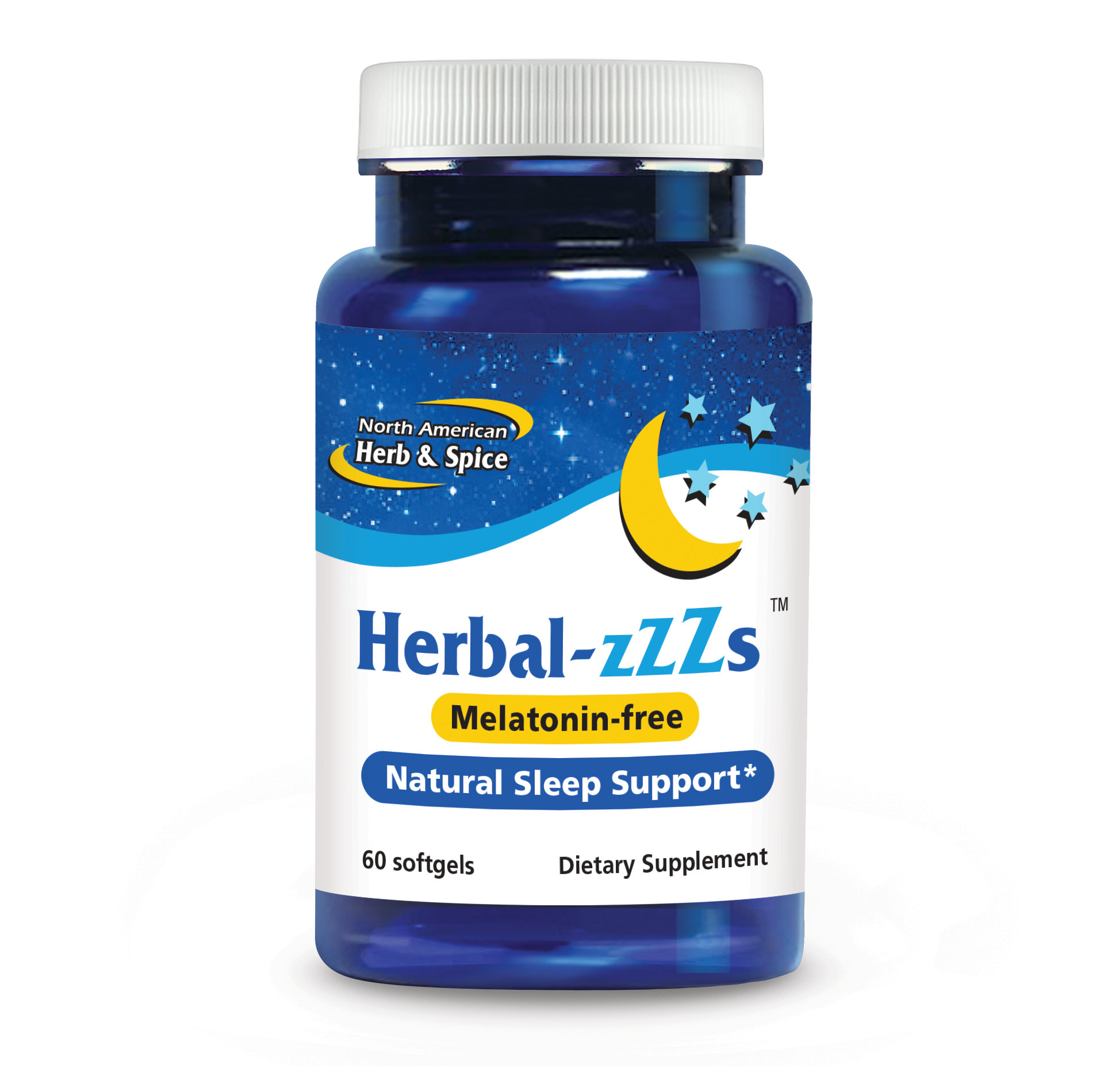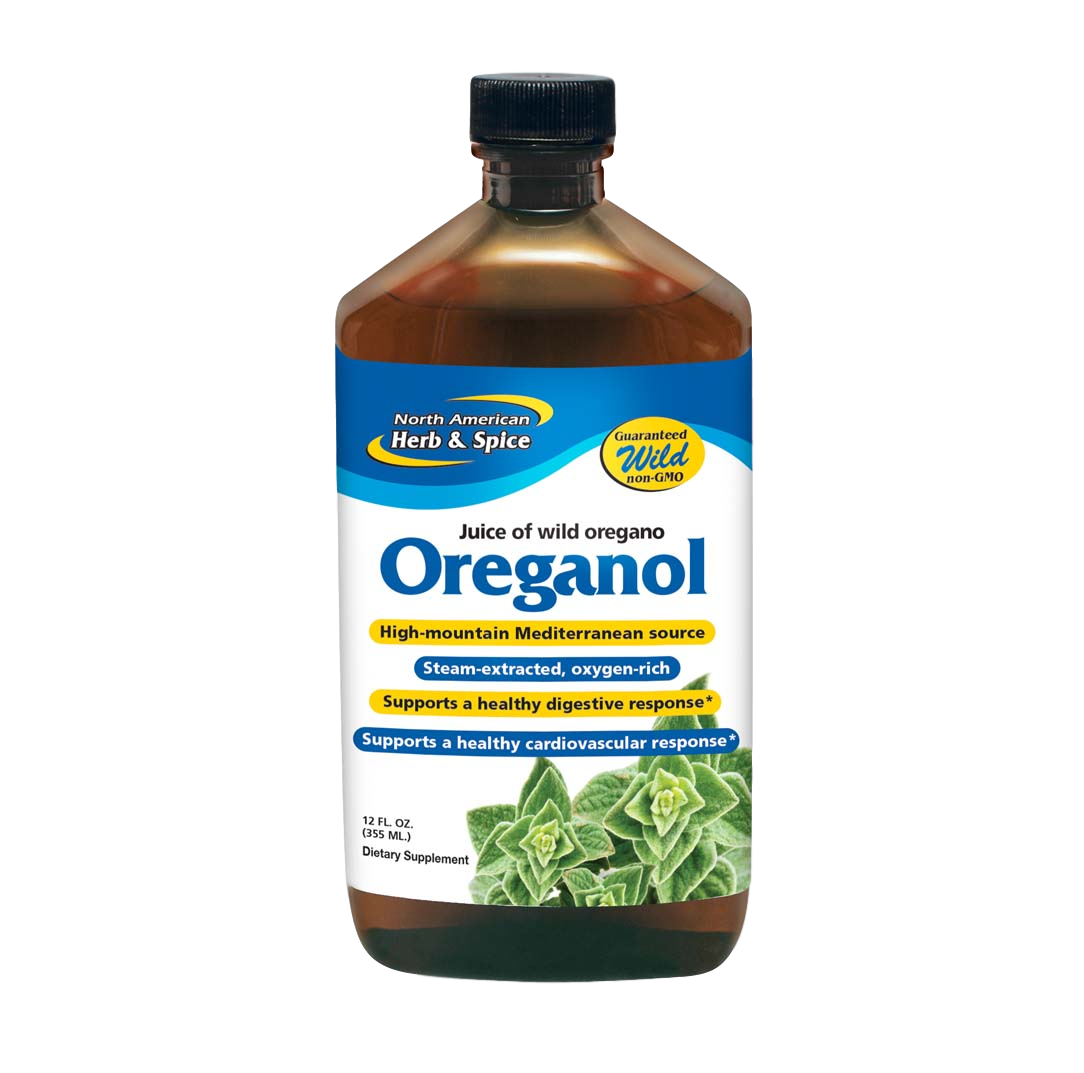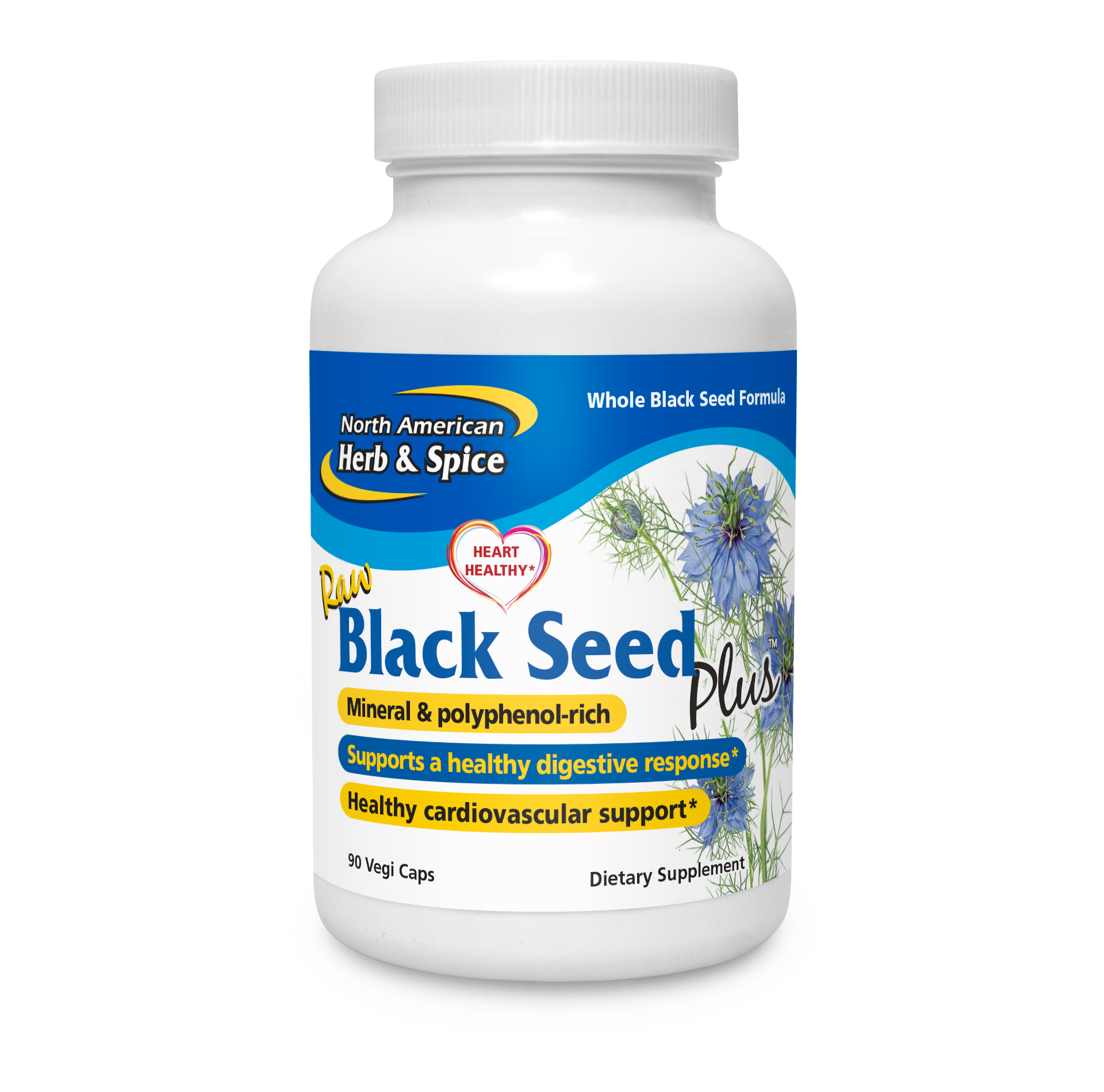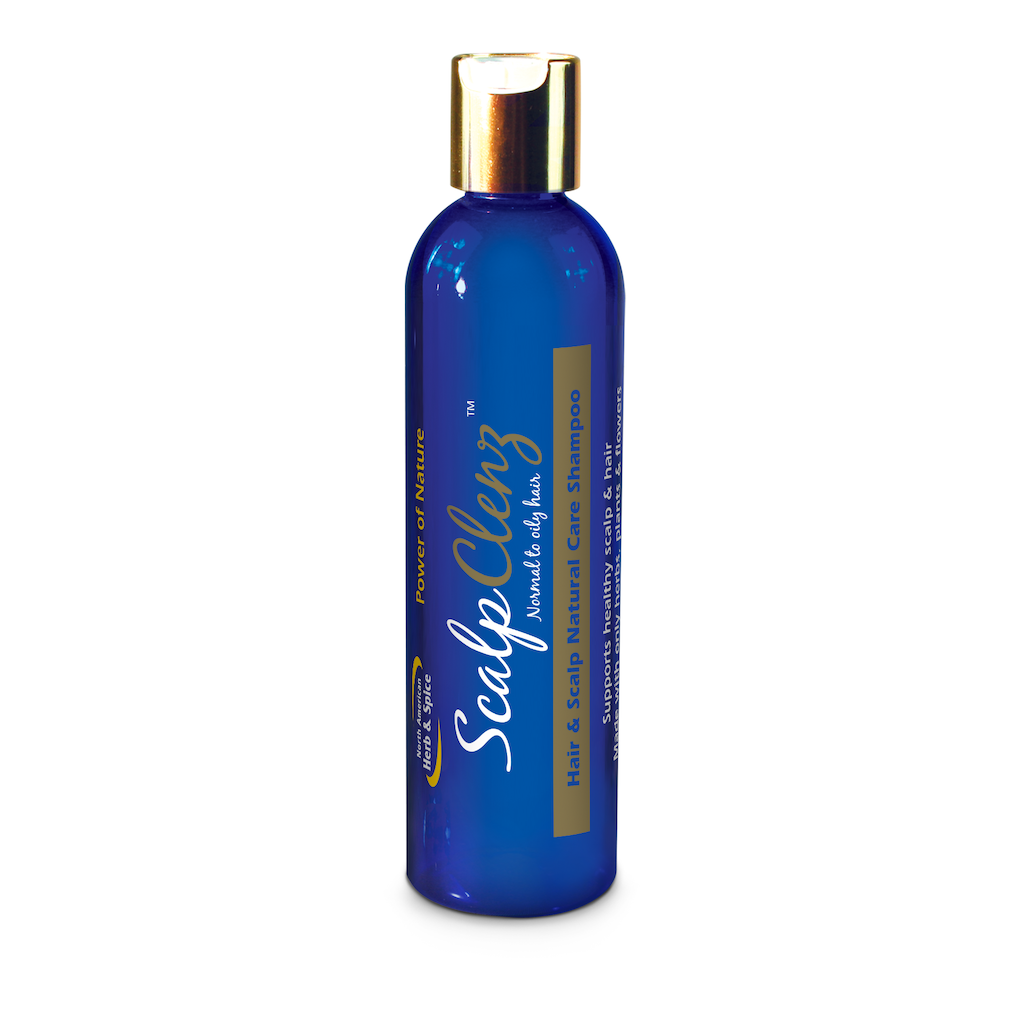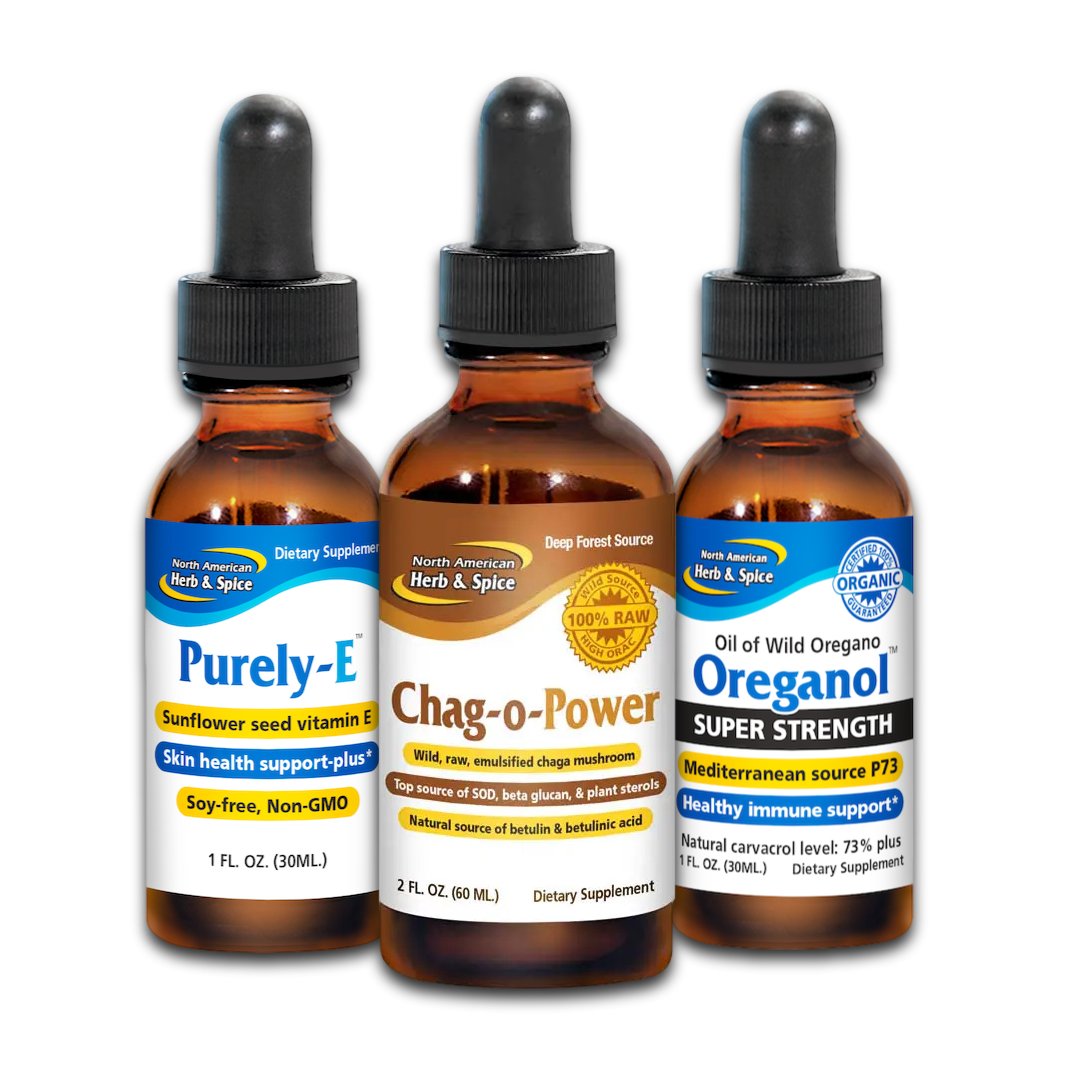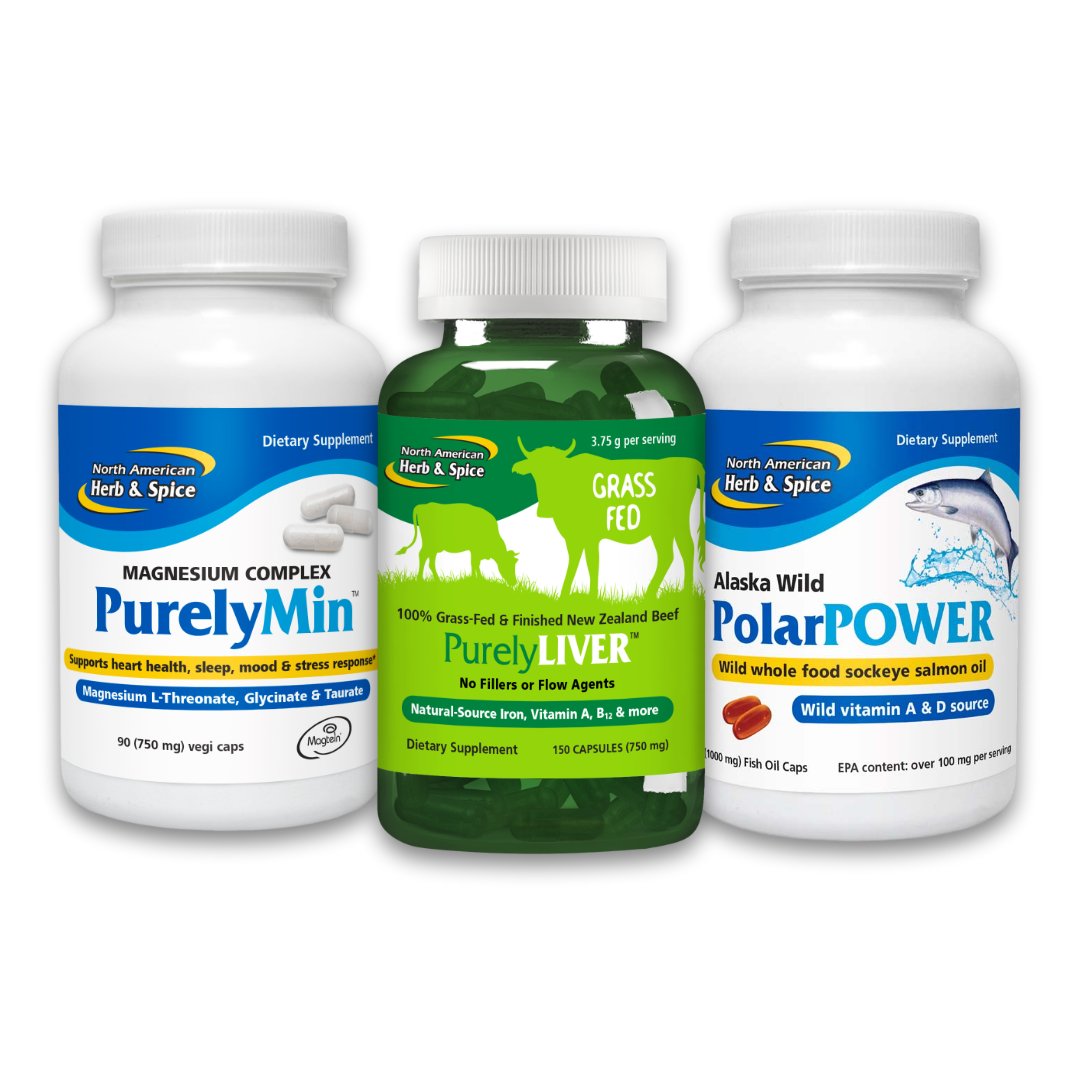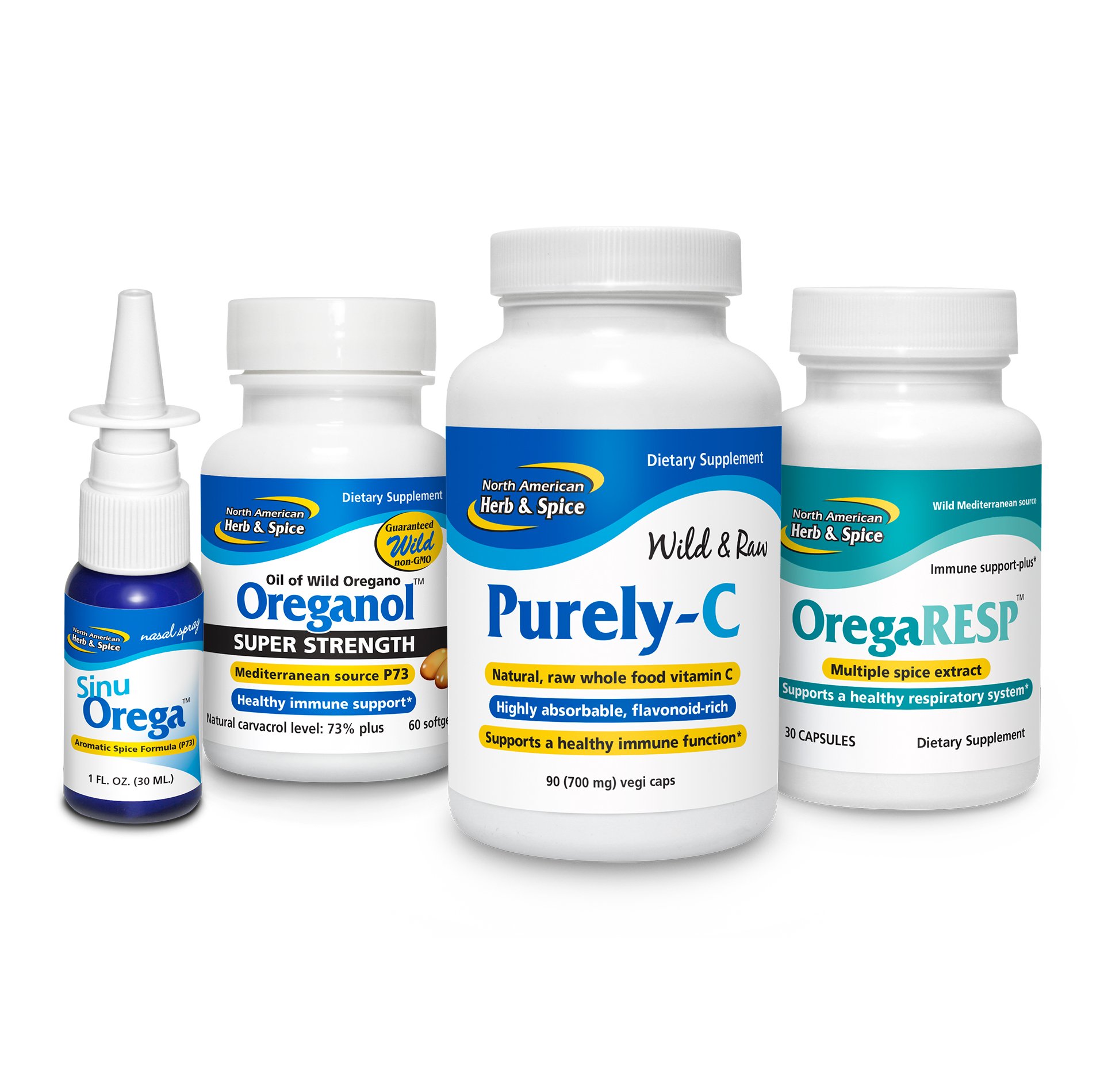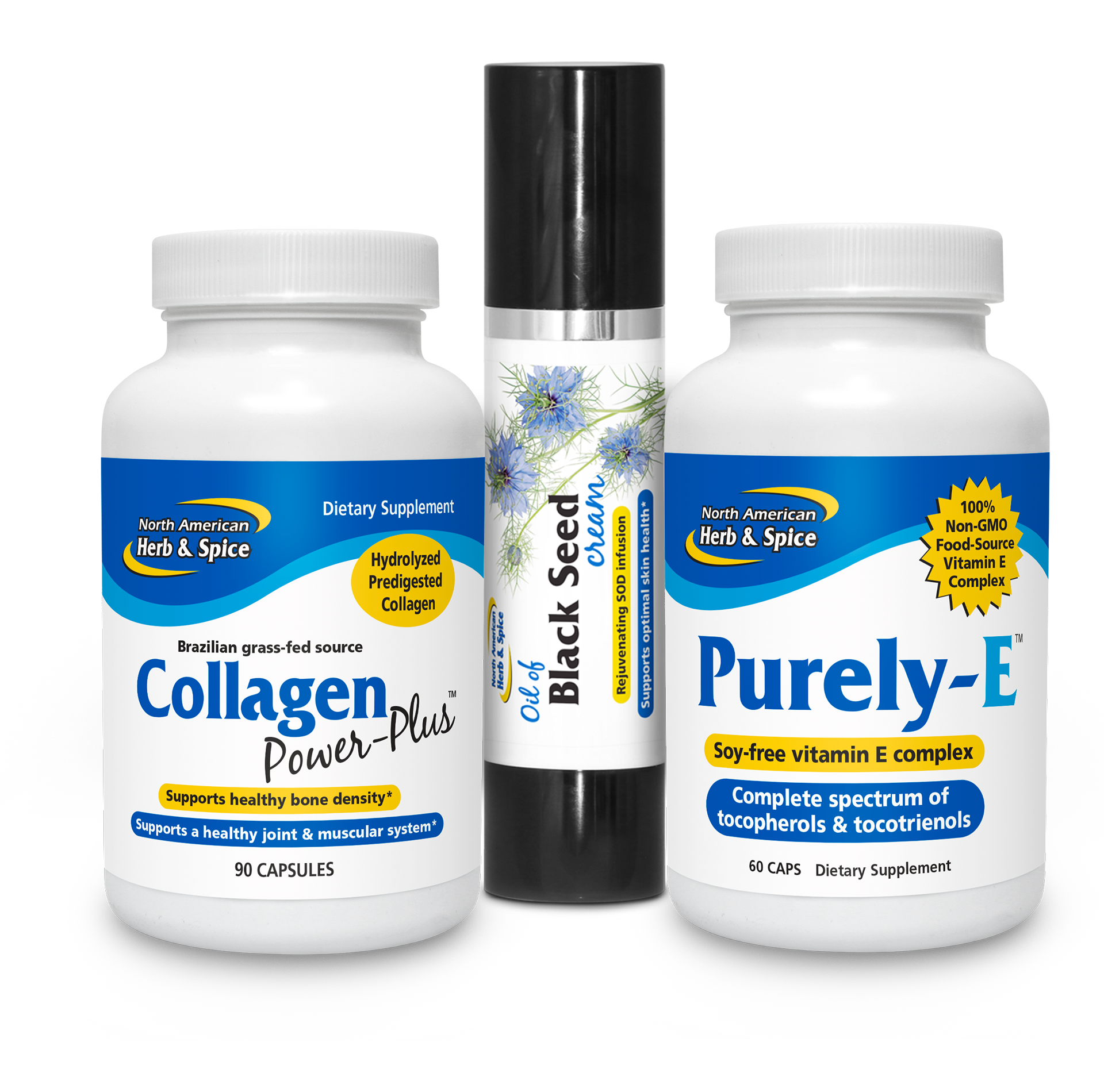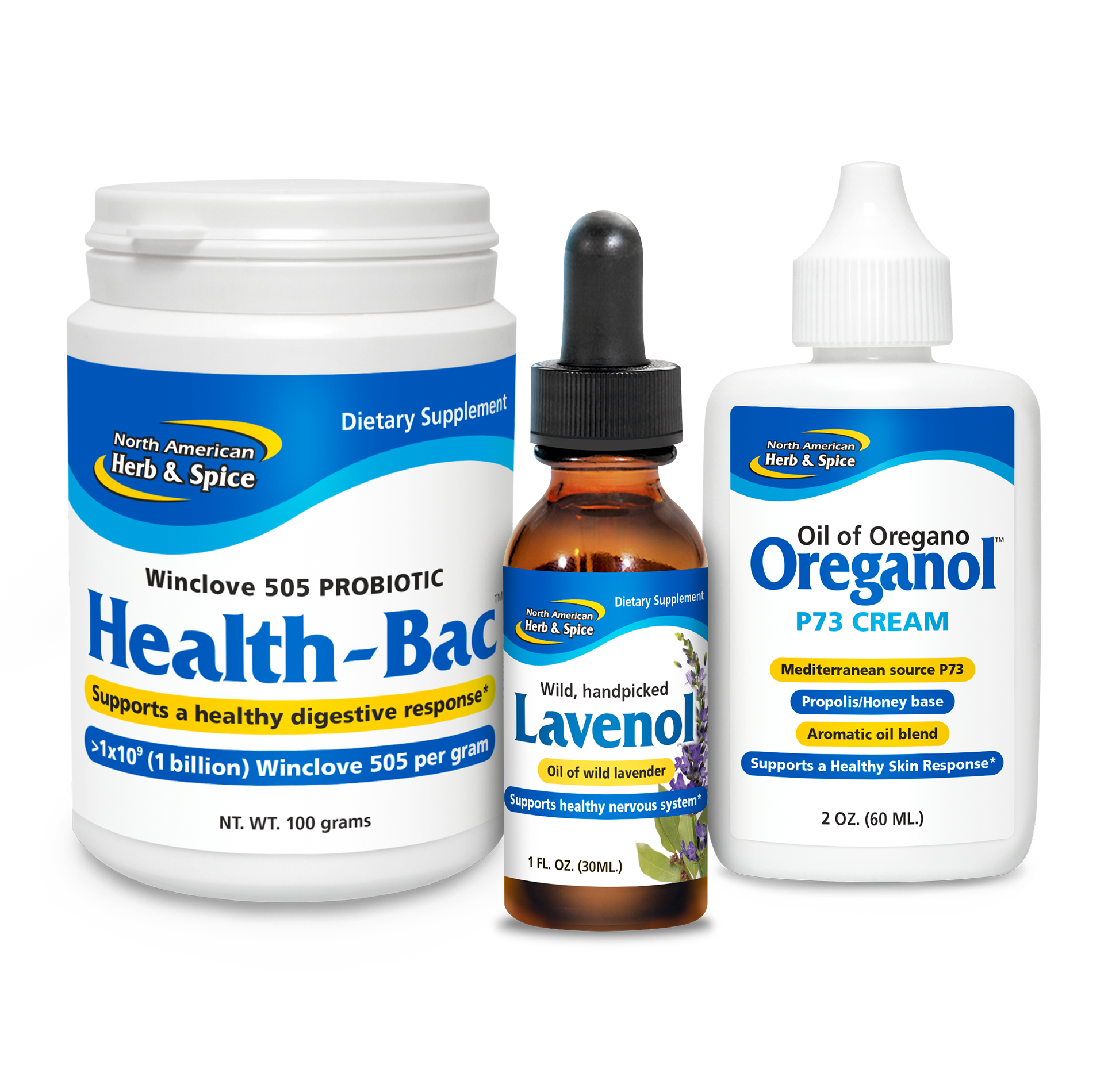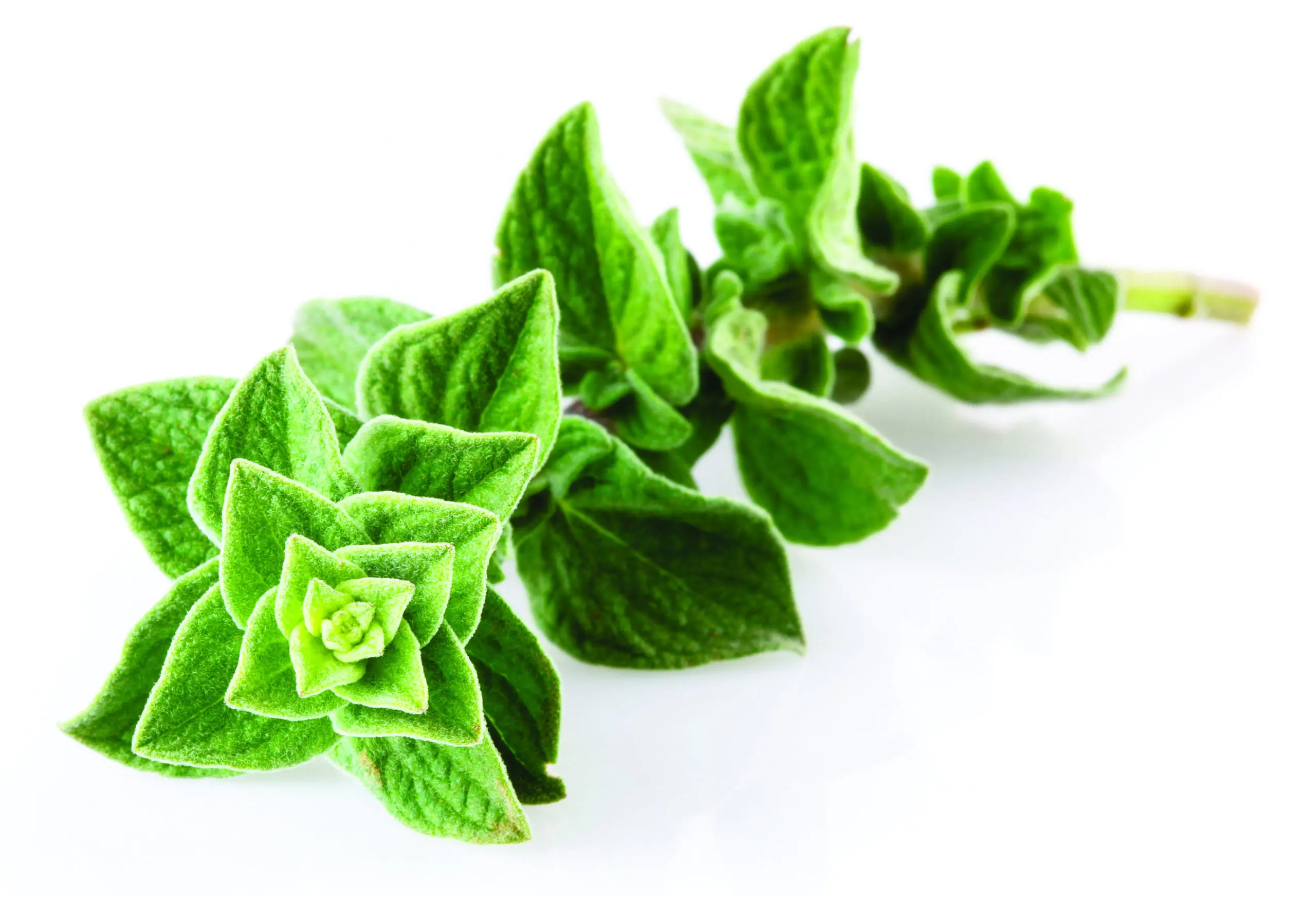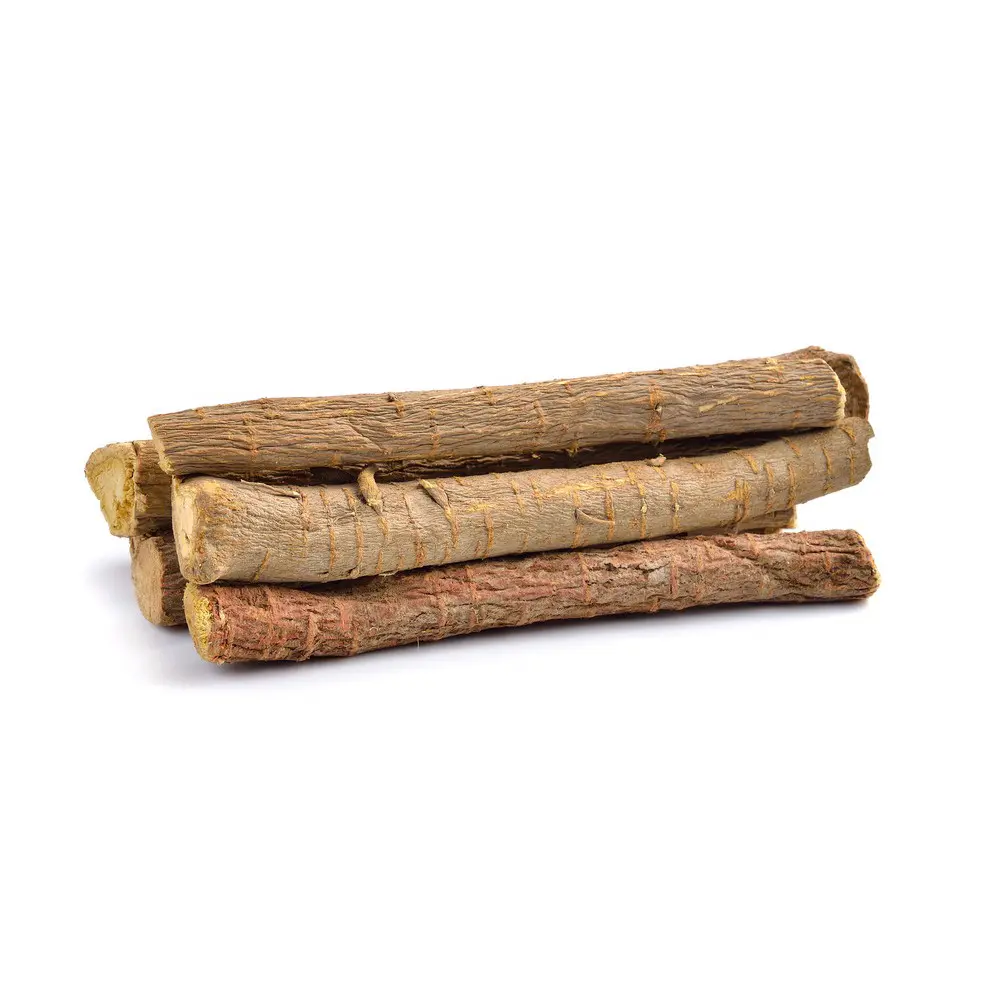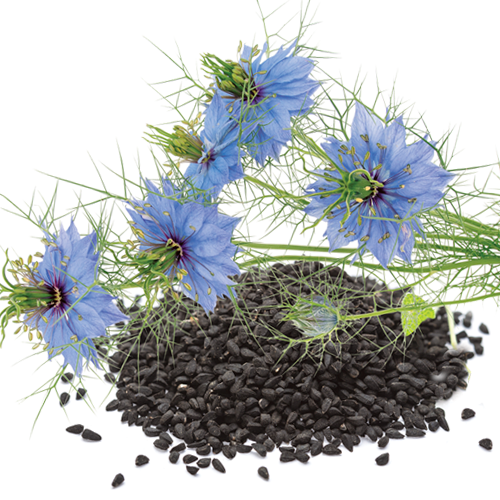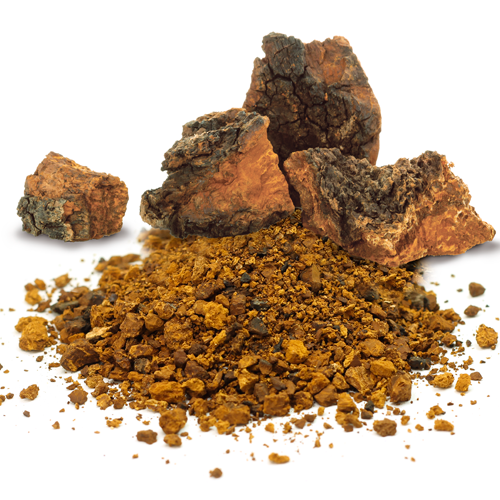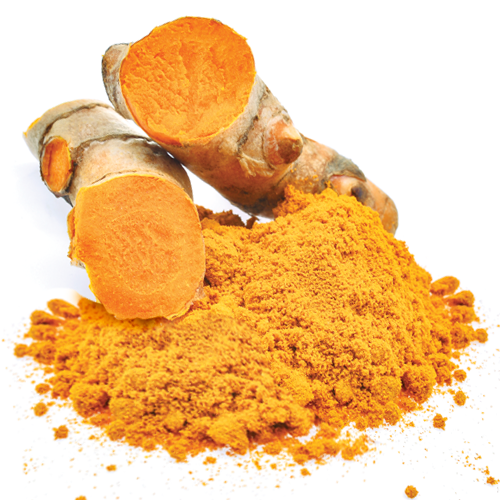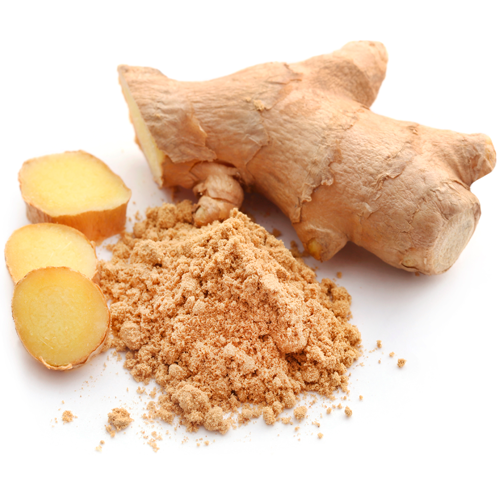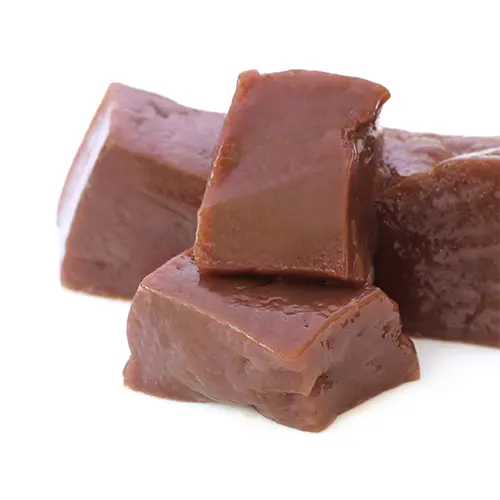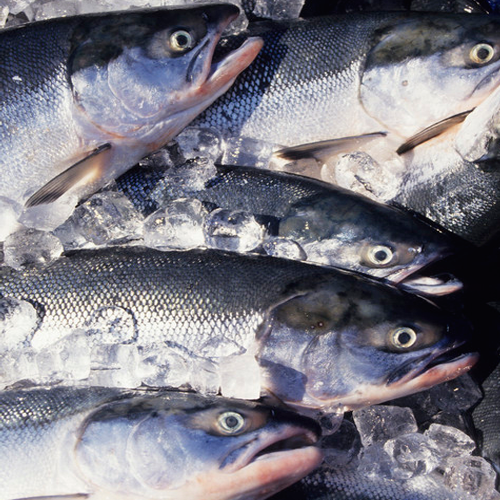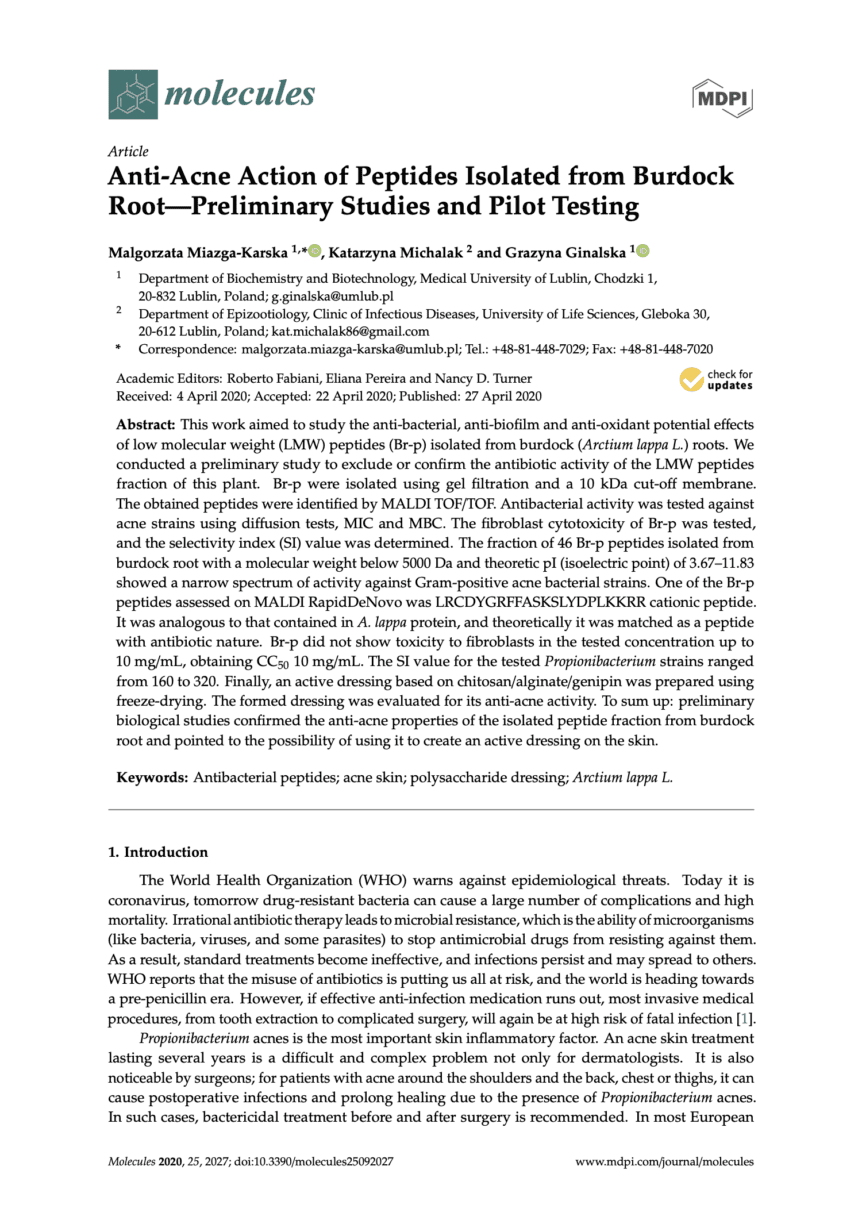
Anti-Acne Action of Peptides Isolated from Burdock Root—Preliminary Studies and Pilot Testing
This work aimed to study the anti-bacterial, anti-biofilm and anti-oxidant potential effects of low molecular weight (LMW) peptides (Br-p) isolated from burdock (Arctium lappa L.) roots. We conducted a preliminary study to exclude or confirm the antibiotic activity of the LMW peptides fraction of this plant. Br-p were isolated using gel filtration and a 10 kDa cut-off membrane. The obtained peptides were identified by MALDI TOF/TOF. Antibacterial activity was tested against acne strains using diffusion tests, MIC and MBC. The fibroblast cytotoxicity of Br-p was tested, and the selectivity index (SI) value was determined. The fraction of 46 Br-p peptides isolated from burdock root with a molecular weight below 5000 Da and theoretic pI (isoelectric point) of 3.67–11.83 showed a narrow spectrum of activity against Gram-positive acne bacterial strains. One of the Br-p peptides assessed on MALDI RapidDeNovo was LRCDYGRFFASKSLYDPLKKRR cationic peptide. It was analogous to that contained in A. lappa protein, and theoretically it was matched as a peptide with antibiotic nature. Br-p did not show toxicity to fibroblasts in the tested concentration up to 10 mg/mL, obtaining CC50 10 mg/mL. The SI value for the tested Propionibacterium strains ranged from 160 to 320. Finally, an active dressing based on chitosan/alginate/genipin was prepared using freeze-drying. The formed dressing was evaluated for its anti-acne activity. To sum up: preliminary biological studies confirmed the anti-acne properties of the isolated peptide fraction from burdock root and pointed to the possibility of using it to create an active dressing on the skin.

